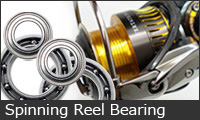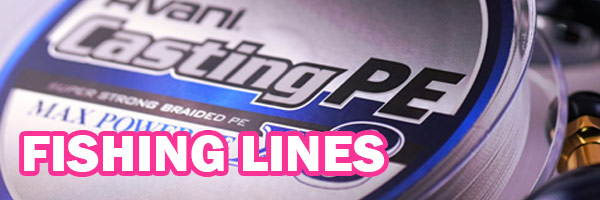
The Secret Relationship Between Gear Ratio and Handle
Hello!
This is YouTuber Baskie!
I recently fully customized the Goliath from the Genius Project.
It has transformed into an incredible monster reel, so if you're interested, please take a look.
Now, I usually write about fishing lines, but this time I'd like to discuss the relationship between handle and gear ratio.
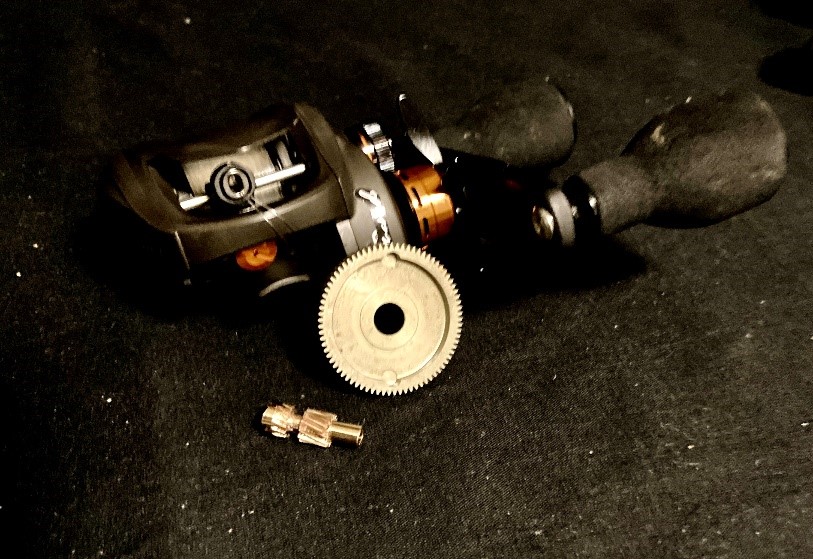
While this might be common knowledge for veteran bass anglers, I sometimes wonder if there aren't many people who consider the relationship between handle and gear ratio when setting up their tackle.
I hope this article will improve the quality of your bass fishing and reduce mistakes with reel gear ratios, so please read until the end.
Types of Gear Ratios
First, baitcasting reels for bass fishing typically come in three types: low gear, high gear, and extra high gear. Many reels offer a choice of gear ratio when purchasing.
For example:
Low gear → Approximately 60cm line retrieval per handle rotation
High gear → Approximately 70cm line retrieval per handle rotation
Extra high gear → Approximately 80cm line retrieval per handle rotation
That's the general idea.
Recently, we've seen configurations with just low and extra high gears, or only extra high gear, but versatile reels from domestic manufacturers often offer a full lineup.
Naturally, the higher the gear ratio, the larger the gear diameter, resulting in more line retrieved per handle rotation.
So, the general use of different gear ratios is:
Low gear = Strong torque, suitable for cranking
High gear = Versatile, good for both cranking and casting
Extra high gear = Fast lure retrieval, suitable for casting
This is the general idea, right? I don't think it's particularly wrong, and Baskie also chose gear ratios based on this understanding.
While casting enthusiasts might always choose extra high gear, for those who like cranking, is the choice of low gear = cranking really correct?
Let's dig deeper into this, as it's closely related to handle length.
Handle Length
Custom parts brands like SLP WORKS and Avail offer handles in lengths of 75mm, 80mm, 85mm, 90mm, 95mm, and 100mm, with options available in roughly 5mm increments.

So why can we choose handle length?
The answer is simple: "It changes the reeling torque and sensitivity."
The longer the handle, the easier and lighter the reeling becomes.
Conversely, the shorter the handle, the heavier and more tiring the reeling becomes.
This is where the balance with gear ratio comes into play.
Controlling Torque and Sensitivity with Gear Ratio and Handle Length Balance
For lures like shads and swim jigs that don't provide much feedback while reeling, you need to detect subtle changes not only through the rod but also through the reel.
For example, to feel when you graze the top of weeds, when the bottom changes from mud to hard, or when the current suddenly weakens, let's optimize the reel's gear ratio and handle length to capture more information from the reel!
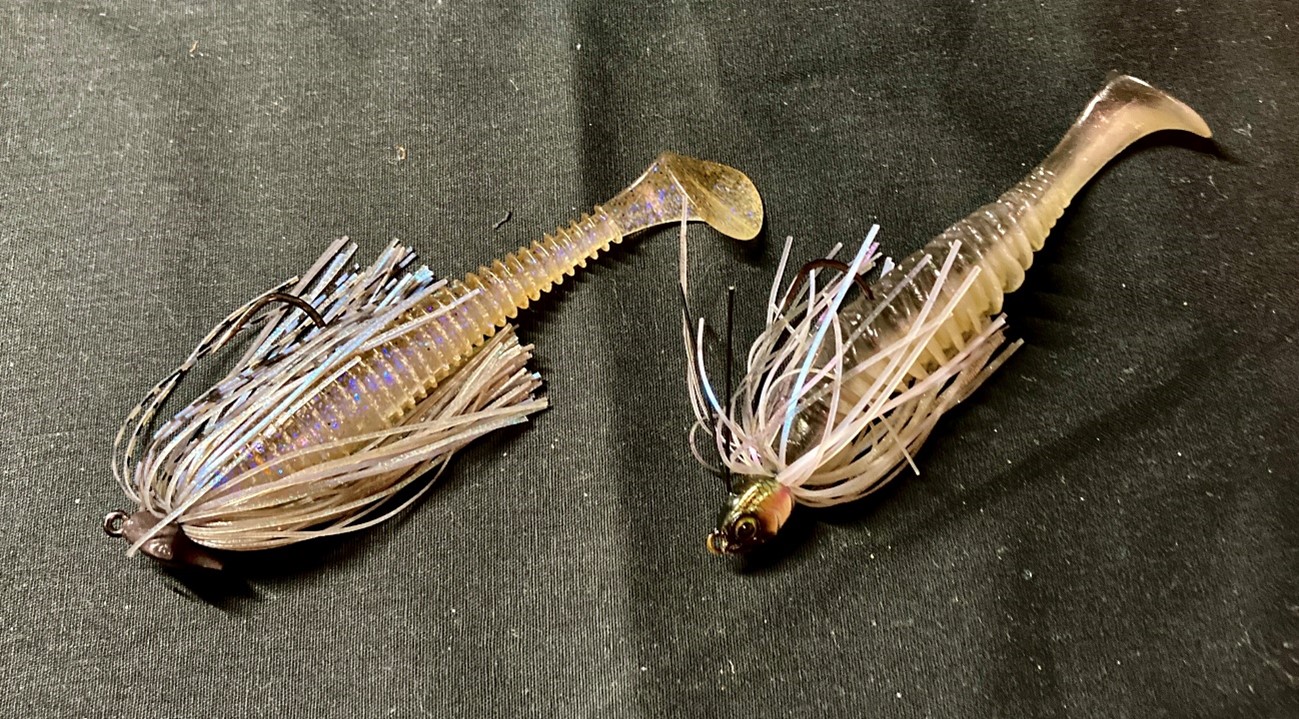
Let me state the conclusion upfront.
The higher the gear ratio and the shorter the handle, the more sensitive it is.
Conversely, the lower the gear ratio and the longer the handle, the more torque increases at the expense of sensitivity.
"What? Isn't low gear for cranking?" Well, if you're an angler seeking cranking sensitivity, the answer is no.
So why does pro angler Kenta Kimura use the low-gear REVO WINCH for cranking?
It's because he prioritizes torque.
Especially with big cranks and other lures with high resistance, using a high gear all day can cause tendonitis due to the strain on your body. Most amateurs probably couldn't handle it.
But for pros, that's not an option - their livelihood depends on it.
If that's the tournament pattern, they have no choice but to keep casting.
That's when low gear is used to reduce the physical strain.
In other words, for lures with high resistance like big cranks and big baits, prioritizing torque with a long handle and low gear is considered the best setup.
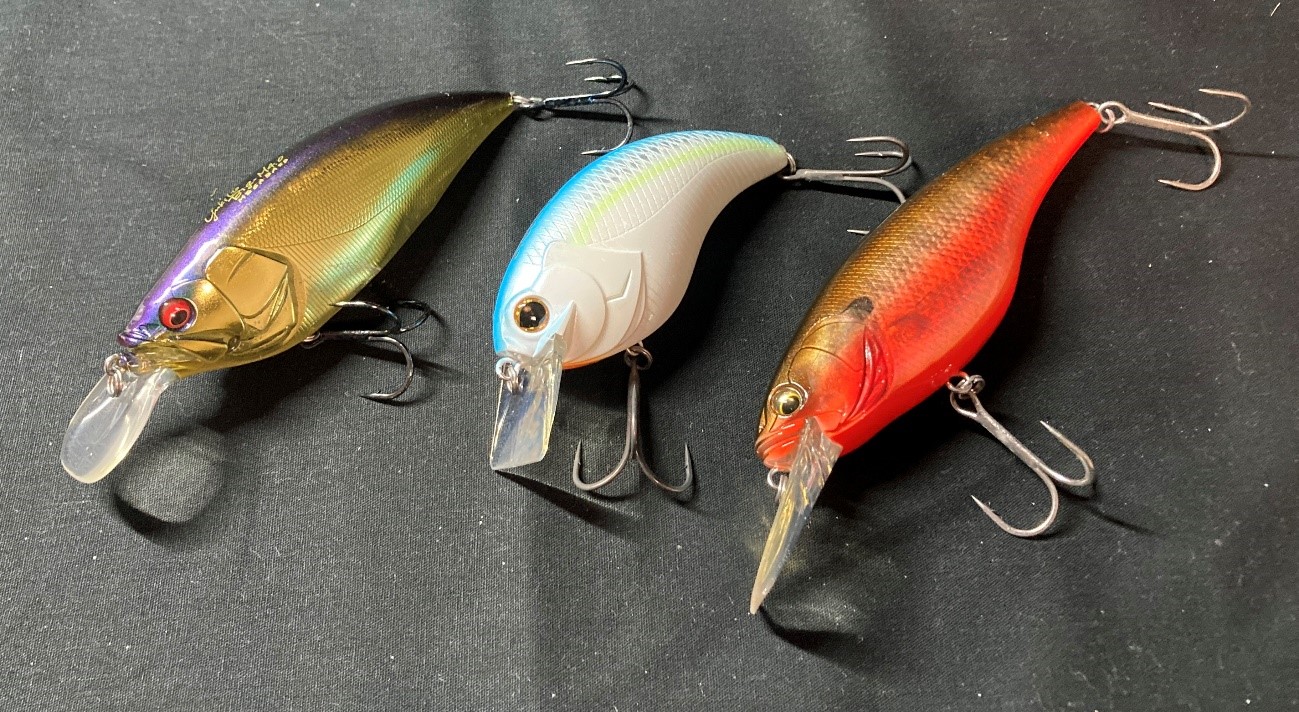
So what about anglers like Baskie who mainly use small to medium-sized cranks around 10g?
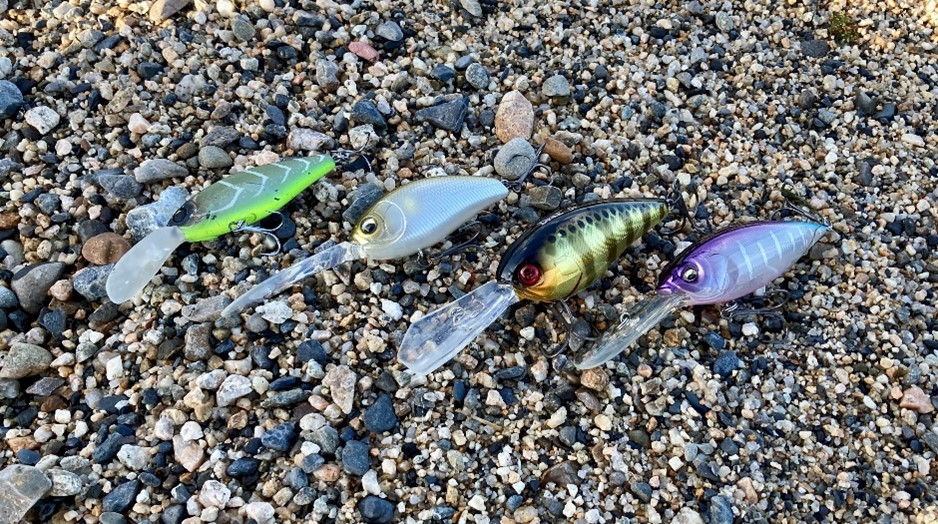
For those who want to search underwater more delicately and accurately, setting up with a gear ratio higher than high gear and a handle 85mm or shorter allows you to explore underwater conditions accurately without losing sensitivity.
To put it extremely, setting up an extra high gear with a 75mm short handle creates an incredibly sensitive reel.
To use an analogy, it's like attaching a tricycle pedal to a road bike in high gear - it would be very heavy, but you'd clearly feel every bump and roughness in the asphalt.
Conversely, if you put road bike pedals on a tricycle, it would be easy to pedal, but you'd be too busy pedaling to have any spare capacity to feel the texture of the asphalt.
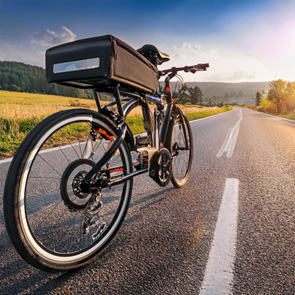
The relationship between gear ratio and handle is as shown in the diagram below.
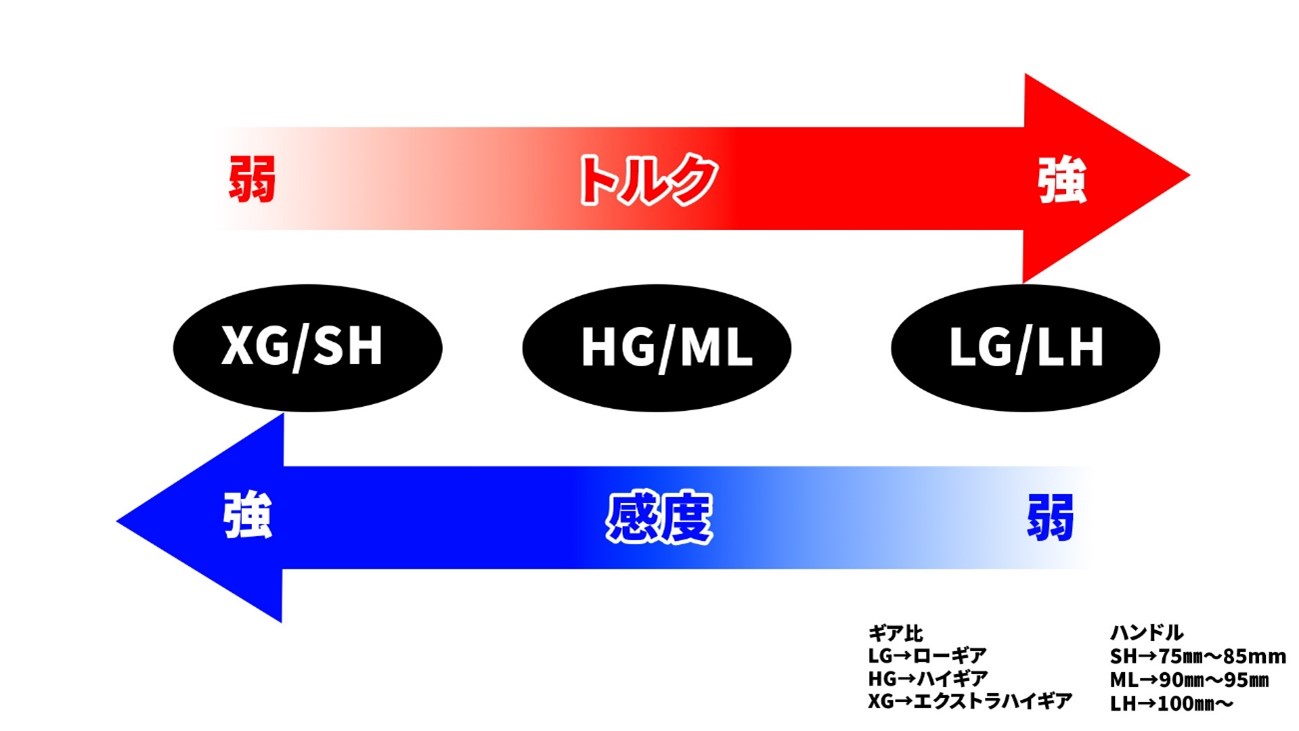
Hajime Murata advocates for high gear, while Kenta Kimura promotes low gear. Why are their opinions divided?
It's natural for opinions to differ because fishing styles vary depending on the lures used.
Moreover, anglers have diverse preferences, and choices that suit individual styles are natural, so it's impossible to settle on a single answer.
For those devotees who think, "If Hajime Murata says so, then high gear must be best for baitcasting reels!" - that's fine.
However, your friends might not feel the same way.
The correct choice is what's easy for you to use and fish with.
I encourage everyone to be a little more conscious of gear ratio and handle length, and explore tackle settings that feel good to you.
It can seriously change your catch rate.
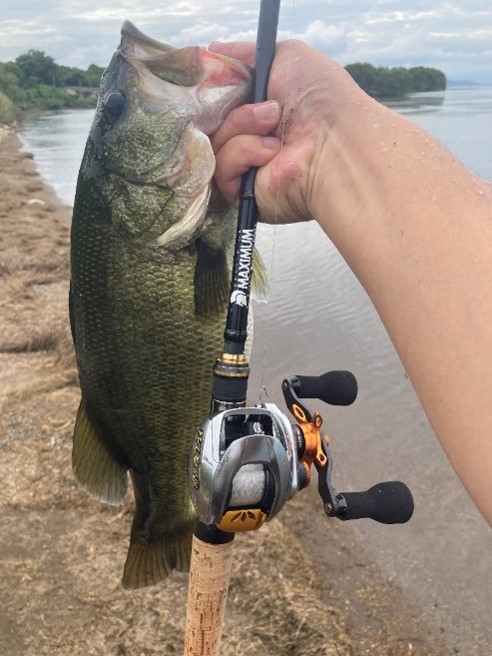
HEDGEHOG STUDIO offers a wide range of custom handles, including Avail, so please find a handle that suits you.
https://www.hedgehog-studio.co.jp/page/76#shi_ba_ha
See you next time!
----------------------------------------
We're constantly updating articles!
[Bass Fishing Consumer's Room] YouTuber Baskie's "This is Good!"
>> Click here to return to the table of contents
----------------------------------------
| A Full Range Of Handles From Various Brands!
Find Your Favorite Lengths And Designs.
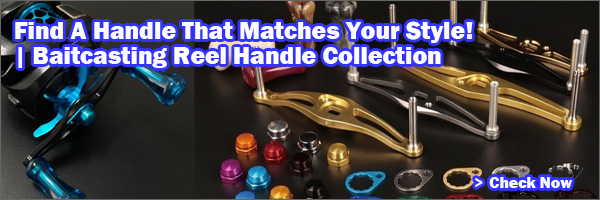
Select language here!
by Google translate
by Google translate
| Product Search by Parts | ||||
 |
||||
| Spinning Reel | ||||
| Bearing | ||||
 |
Bearing Upgrade Kit | |||
 |
All Size Bearing | |||
 |
Line Roller Genuine/Custom |
|||
 |
Various parts for line rollers | |||
 |
Spool Shaft Drag System |
|||
| Color Parts | ||||
  |
Handle Cap and Reel Stand | |||
| Spool | ||||
 |
SHIMANO Genuine |
|||
 |
DAIWA Genuine |
|||
 |
STUDIO Ocean Mark for SHIMANO |
|||
 |
STUDIO Ocean Mark for DAIWA |
|||
 |
TICT for SHIMANO, DAIWA |
|||
 |
SHIMANO Genuine Drag Washer |
|||
 |
DAIWA Genuine Drag Washer |
|||
 |
Custom Parts Drag Washer |
|||
 |
Spool Case | |||
| Handle | ||||
| Special Features by Fishing Style |
||||
 |
Light Game Fishing Handles |
|||
 |
For Big Game Offshore Power Handles |
|||
| Items by Manufacturer | ||||
 |
YUMEYA SHIMANO Genuine |
|||
 |
SLP WORKS DAIWA Genuine |
|||
 |
Avail | |||
 |
ZPI | |||
 |
REVIVE | |||
 |
Studio Composite |
|||
 |
LIVRE | |||
 |
STUDIO Ocean Mark |
|||
 |
DLIVE | |||
 |
34 | |||
 |
ING | |||
 |
TICT | |||
 |
Other Parts | |||
| Cardinal | ||||
 |
Cardinal Parts | |||
 Baitcasting Reel Baitcasting Reel |
||||
| Bearing | ||||
 |
"Kattobi" Spool Bearing Upgrade Kit | |||
 |
All Size Bearing | |||
| Color Parts | ||||
 |
Dressup Color Parts | |||
| Spool | ||||
 |
YUMEYA SHIMANO Genuine |
|||
 |
SLP WORKS DAIWA Genuine |
|||
 |
Avail for SHIMANO |
|||
 |
Avail for AbuGarcia |
|||
 |
Avail for ISUZU, PAGANI |
|||
 |
Avail for tailwalk |
|||
 |
Avail for PFLUEGER |
|||
 |
ZPI for SHIMANO, DAIWA, ALCANCE |
|||
 |
Spool Case | |||
| Star Drag | ||||
 |
for SHIMANO | |||
 |
for DAIWA | |||
 |
for AbuGarcia | |||
| Handle | ||||
| Special Features by Fishing Style |
||||
 |
For Big Game Offshore Power Handles |
|||
| Items by Manufacturer | ||||
 |
YUMEYA SHIMANO Genuine |
|||
 |
SLP WORKS DAIWA Genuine |
|||
 |
Avail for SHIMANO |
|||
 |
Avail for DAIWA, Abu |
|||
 |
ZPI | |||
 |
REVIVE | |||
 |
Studio Composite | |||
 |
LIVRE | |||
 |
STUDIO Ocean Mark |
|||
 |
DLIVE | |||
 |
alpha tackle | |||
 |
IOS FACTORY | |||
 |
KAHARA JAPAN |
|||
 |
Haneda Craft | |||
 |
Valleyhill | |||
 |
whiplash factory | |||
 |
engine | |||
 |
RAD SENSE | |||
 |
Gaea | |||
 |
tailwalk | |||
 |
||||
| Baitcating and Spinning | ||||
| Handle Knobs | ||||
| Special Features by Material |
||||
 |
Natural Materials! Wood and Cork Knobs |
|||
| Items by Manufacturer | ||||
 |
YUMEYA SHIMANO Genuine |
|||
 |
SLP WORKS DAIWA Genuine |
|||
 |
HEDGEHOG STUDIO |
|||
 |
Avail | |||
 |
ZPI | |||
 |
Studio Composite | |||
 |
LIVRE | |||
 |
STUDIO Ocean Mark |
|||
 |
IOS FACTORY | |||
 |
fishing house freedom | |||
 |
Pletry | |||
 |
mibro | |||
 |
MC SQUARED | |||
 |
Megabass Genuine | |||
 |
whiplash factory | |||
 |
ULUCUS | |||
 |
evometal | |||
 |
||||
| Tools and Other Parts | ||||
| Reel Oil & Grease | ||||
 |
YUMEYA SHIMANO Genuine |
|||
 |
SLP WORKS DAIWA Genuine |
|||
 |
HEDGEHOG STUDIO |
|||
 |
ZPI | |||
 |
IOS FACTORY | |||
 |
I.Works | |||
 |
MC SQUARED | |||
 |
GLITCH OIL | |||
 |
LIVRE | |||
 |
Haneda Craft | |||
 |
Y'Z CRAFT | |||
 |
34 THIRTY FOUR |
|||
 |
STUDIO Ocean Mark |
|||
 |
MTCW | |||
 |
BEST TACKLE | |||
 |
SMITH | |||
| Original Tool | ||||
 |
Spool Bearing Pin Remover | |||
 |
Spool Shaft Pin | |||
 |
Bearing Check Tool | |||
 |
Trust Wrench |
|||
 |
Handle Knob Cap Remover | |||
 |
Bearing Stopper Ring | |||
 |
Adjustment Washer, Shim |
|||
 |
E-ring | |||
 |
Line Roller Remover | |||
 |
Side Cover Plate | |||
 |
Precision Driver | |||
 |
Reel Display Stand | |||
 |
HEDGEHOG STUDIO Sticker |
|||
| Goods & Stickers | ||||
 |
Smart Phone Case | |||
 |
Smart Phone Case (Notebook) | |||
 |
Cous Cous Reel Cover |
|||
 |
Stylish Tin plate |
|||
 |
DECADEWORKS |
|||
 |
BASSERS UNITED | |||
 |
BASS BRIGADE | |||
 |
B-SIDE LABEL | |||
| Boat Parts Ladder | ||||
 |
KAKEDZUKA DESIGN WORKS | |||
| Other Parts | ||||
 |
UZU Collaboration SALTIGA LD |
|||
 |
Original Rod Falcon |
|||
 |
Avail | |||
 |
ZPI | |||
 |
LIVRE | |||
Shopping Cart
-
Your cart is empty.
